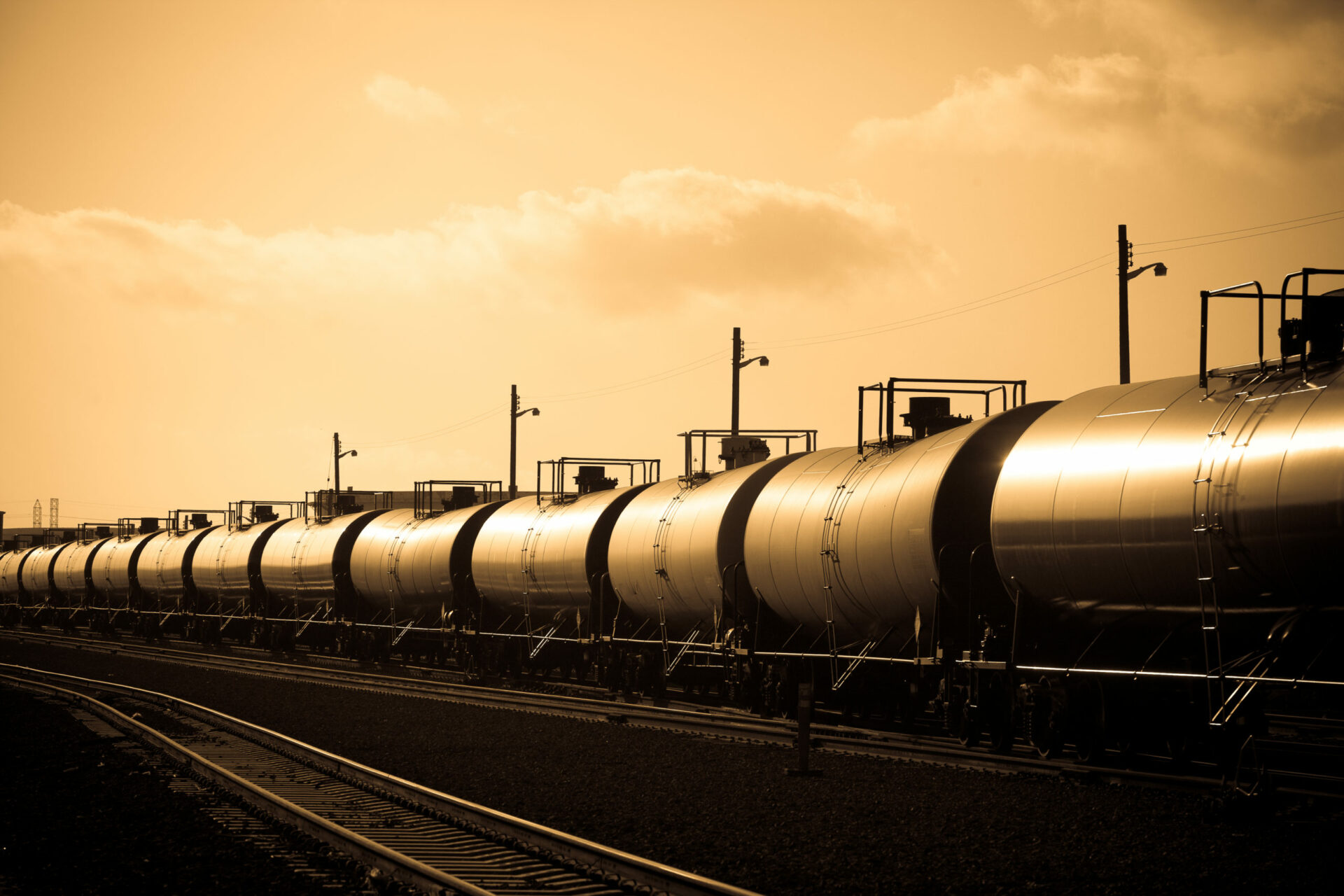The Washington Post recently highlighted concerns regarding President Trump’s proposal to allow railroads nationwide to transport liquefied natural gas (LNG) – a largely untested practice that poses unique risks. The proposal comes as the United States continues to produce records amount of natural gas in the Marcellus Shale formation in Pennsylvania and the Permian Basin in Texas.
The Post reports:
A proposed Transportation Department rule allowing liquefied natural gas, or LNG, shipments and imposing no additional safety regulations has drawn widespread criticism from local elected officials, attorneys general from 15 states and the District of Columbia, firefighters’ organizations, unions that represent railroad employees, environmentalists, and the National Transportation Safety Board. President Trump has set a deadline of May 10 to put the rule into effect, nearly eight months before results are expected from a Federal Railroad Administration study of the safety of the tank cars that would be used.
Small amounts of LNG have been transported by rail on a trial basis in Alaska and Florida. But if the new rule is adopted, trains of 100 or more tank cars, each with a capacity of 30,000 gallons, could start carrying LNG, primarily from shale fields to saltwater ports, where it would be loaded onto ships for export. They could traverse dozens or hundreds of different jurisdictions across the country, some that rely on volunteer firefighters as first responders, while others are major population centers.
While the Trump administration’s goal of increasing consumer access to natural gas is admirable, experts have argued more time is needed to study the safety of the tank cars and process, develop contingency plans, and implement operational controls.
In the meantime, the logical solution to increasing consumer access to our nation’s energy resources is through further investment in our pipeline network – especially in areas that are producing record amounts of natural gas, like Texas, and ensuring that consumers in infrastructure-constrained regions like New England can receive affordable, domestically-sourced natural gas.
Pipelines take the risk off our roads and rails, and have proven to be the safest method of transporting natural gas and oil. State-of-the-art technology and techniques paired with a rigorous permitting and approval process overseen by a variety of local, state, and federal regulators make pipelines the winner when it comes to maintaining the highest of safety standards. More than 2.4 million miles of pipeline seamlessly operate each day across the United States, unbeknownst to the majority of Americans.

